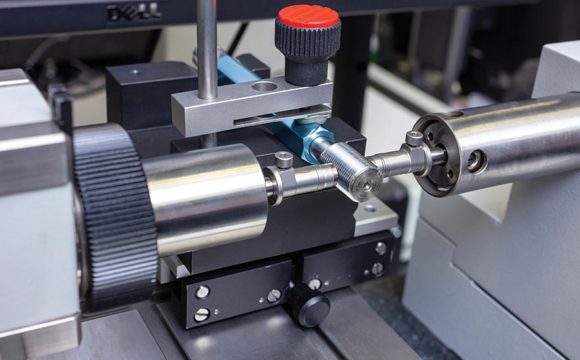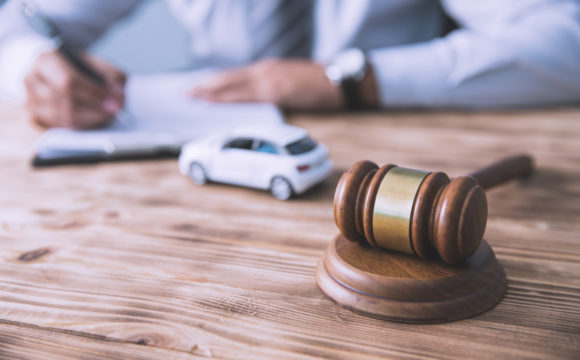While this post may mention products developed by our partners, we are dedicated to ensuring complete objectivity in all of our work. Please find below an outline of how we make a profit at our firm.
If you have a lot of debt or a history of paying your bills late, your credit score may be lower than you would want it to be. Having terrible credit may be a major setback, particularly when attempting to win over sceptical lenders with promises of timely repayment.
Personal loans are often the most practical means of dealing with financial emergencies and overwhelming levels of debt. You may still get a personal loan with bad credit if you take some simple steps to raise your credit score and apply with a number of different lenders to see what interest rate you wind up with.
Exactly what does it entail to have bad credit?
A credit file for almost every individual in the United States may be found at one of the three major credit bureaus. To put it simply, your credit score is a numeric value determined by the data included in your credit files. It’s an effort to put a monetary value on how risky it would be to lend money to you.
Credit scores may be anything from 300 to 850. Anything with a quality rating of 580 or below is considered “poor.” If your credit isn’t great, it might be due to a lack of a credit history, a history of paying bills late, a high debt-to-income ratio, or a combination of these factors.
Methods used in determining an individual’s credit rating
If you don’t need the money immediately after you get the no credit check loans – online approval – slick cash loan, it may be better to concentrate on raising your credit score before proceeding with the loan application procedure. The following should be prioritised if you wish to improve your credit score as a whole:
A log of all the money that has been paid in the past
Your credit score may take a hit if you have a history of credit card bill defaults or late payments (known as delinquency). The timeliness of payments toward other debts, such as vehicle and mortgage loans, is also considered.
Utilization of Credit
This figure represents a comparison between your total available credit and your current credit utilisation. Your debt-to-income ratio will take into account all of your revolving debt, such as credit cards and loans, not just the one that has the highest interest rate. Lenders may be hesitant to provide you credit if your debt-to-income ratio is high because of the risk that you won’t be able to keep up with your payments.
Length of an individual’s credit history
It takes time to build credit, and the longer you’ve been doing so, the better it will be for your score on average. Having a longer credit history where you borrowed money and made payments on time can increase the confidence of potential lenders in your capacity to repay loans within the agreed upon time frame.
There are several varieties of credit
A large part of your credit score is based on the kind of credit you’ve used, such as instalment loans and credit cards. If you have a wide range of credit accounts, it will help your score (presuming, of course, that you have been timely with your payments).








